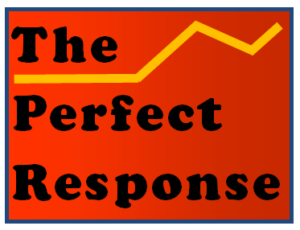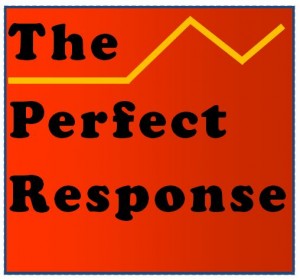We’ve recently had cabinet members who knew less than your uncle Fred about nuclear power, infectious diseases or airline safety.
A recent item in the New York Times noted that the EPA has reversed itself and declared that a pesticide chlorpyrifos is safe for children. This was after another agency, the CDC, reversed itself on how easily Covid-19 is passed to others in open air. These odd reversals follow months of ominous decisions made by regulatory agencies to ignore or loosen standards for drinking water, meat packers, protection of federal lands and automobile efficiency. They add up to an eyebrow raising collection of rulings that suggest that this crop of agency leaders is mostly taking long lunches and trying to not notice the hazards they are enabling.
It’s also a good moment to reconsider whether our government truly has our backs on workplace and product safety, the protection of natural resources and the promotion of best public health practices. You’ve probably heard that there is this virus going around.
My own inclination these days is to put a mental asterisk next to any report issued by a federal agency. I also try to remember to give a second look at products that were purchased in the belief that someone had deemed them relatively safe.
It’s not that the regulatory agencies aren’t filled with good people. They clearly are. And some agencies like the CDC are (were?) arguably monuments to the best that any government has done to watch out for the health of its citizens. But it is clear career professionals are now not always allowed to do their work without political interference. The Trump administration has its own ideas about where hurricanes are going to hit, whether it’s safe to put our children in schools and whether there is anything happening to warrant cutting green house gases.
Many of these agencies were once crown jewels of governmental responsiveness.
In truth, the President has appointed men and a few women who are ill-equipped to respect the mission and history of the agencies they are ostensibly managing. Units as diverse as the Justice Department, Post Office, the Department of Education and OSHA are now managed by political appointees that often muzzle their vastly more knowledgeable employees. We’ve even had cabinet members who knew less than your clueless uncle Fred about their agency’s domains such as nuclear power or the hazards of fracking for oil. Recent actions especially by the Attorney General have shown an appalling lack of judgment about judicial independence.
Many of these agencies were once the crown jewels of governmental responsiveness. To give one example, there’s no question we are all safer now than our grandparents because of the NTSB, which investigates airline and other transportation disasters. The NTSB’s investigators have been models for letting evidence take us to where it will, regardless of the wounded pride of pilots, airlines or plane makers. We are now safer in the air than on our roads.
In some ways Trump’s entire laissez-faire approach to regulation was already losing its appeal before he took over. More than in past decades, many Americans have noticed that we are often on our own to make estimates about food safety, workplace standards and environmental threats.
The FAA is close to recertifying the 737 Max after Boeing has made modifications to stop uncontrolled and rapid descents. Surely its pilots will be cautious, and Boeing must know that it can’t afford any more preventable accidents from its aged design. But I suspect regulatory laxity in the U.S. will mean that frequent flyers will be especially interested in whether European regulators certify the modified planes as airworthy.
![]()



